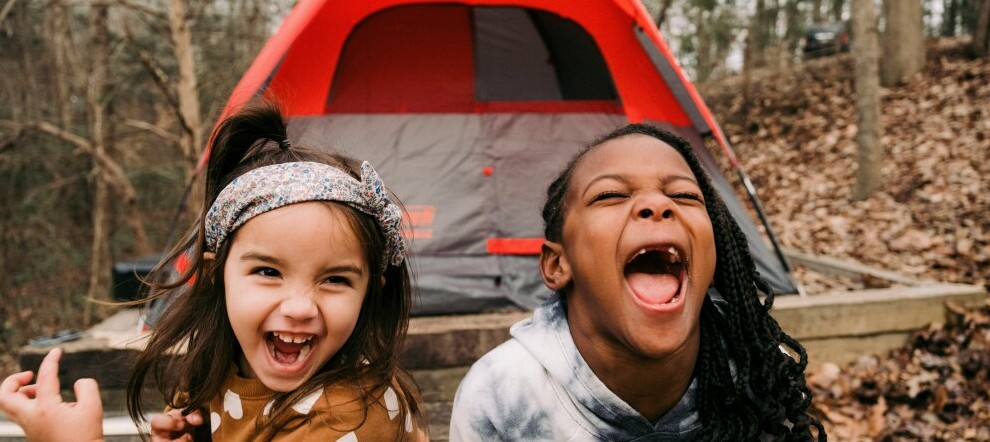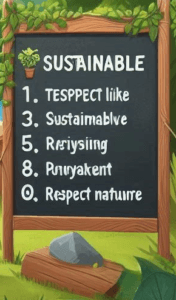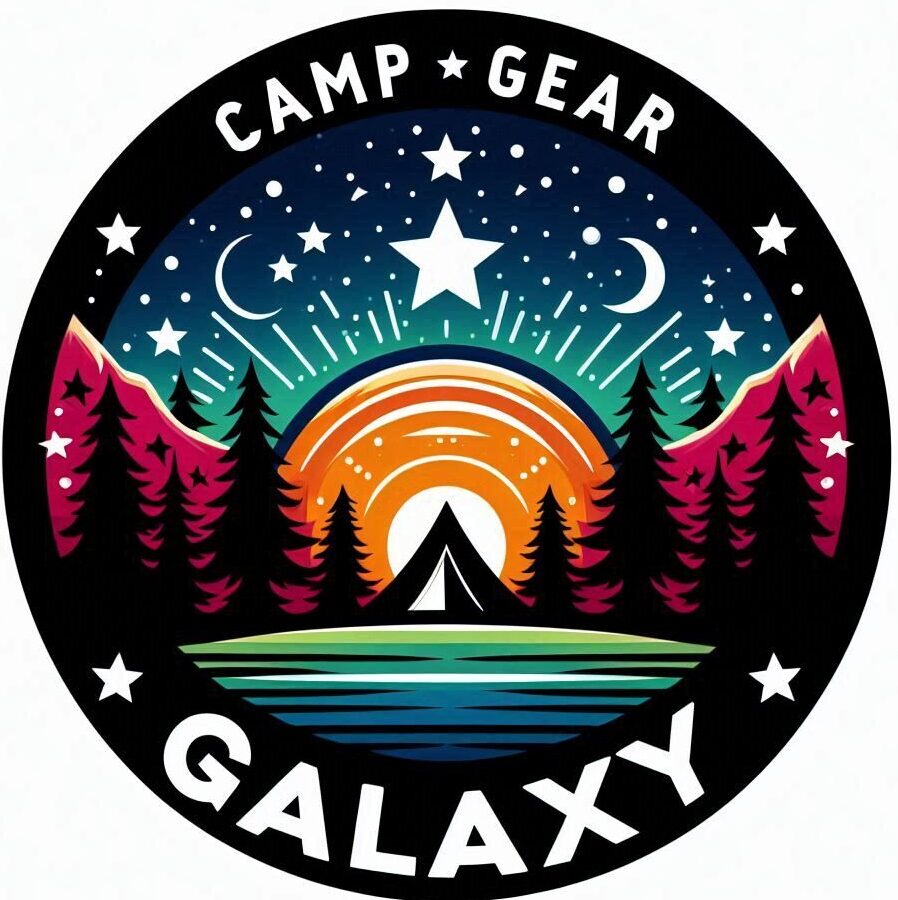
Having the right stuff on a camping trip with kids can make or break the experience. It’s all about being prepared so everyone stays safe and has a blast. When you’re out there in the wild with kiddos, it’s super important to get the gear right from the get-go.
Packing the essentials starts with thinking about the weather and ensuring your kids have clothes that can handle whatever Mother Nature throws at them. Don’t skimp on waterproof and warm layers; you never know when the sky might start dripping all over your parade!
Maps and compasses might sound old-school but teaching kids to navigate without a GPS is both fun and educational. Get those young explorers involved by packing child-friendly compasses—they’ll love the added sense of adventure and responsibility.
One thing you’ve got to nail is having enough food and water. Kids burn energy like there’s no tomorrow, so a good supply of snacks can keep everyone happy and fueled for exploring. Make sure you’re bringing stuff that’s both filling and easy to prepare.
Now, let’s talk about what not to pack. Overpacking can really cramp your style, literally and figuratively. Too much stuff means more weight to lug around, and seriously, no one wants to dig through a pile of junk to find the sunscreen in a pinch. So be smart—pack only the things you need and leave behind anything that’s just going to cause clutter.
Engaging Entertainment: Keeping Kids Busy in the Wild
Keeping kids entertained on a camping trip is one adventure in itself. Gone are the screens, and in comes a world where nature is the playground. With a bit of creativity, the wilderness becomes a source of endless fun and learning.
Nature has this magical way of catching kids’ imaginations. Encourage games that make the most of the surroundings—like organizing a nature scavenger hunt. Create a list of cool finds like unusual rocks, different leaves, or even spotting certain animals. It turns exploration into an interactive challenge.
Teamwork-focused games are another big hit. Things like building a makeshift fort using twigs and leaves not only keep kids occupied but also teach essential skills like cooperation and problem-solving.
Outdoor toys can take simple backyard fun up to a whole new level. Frisbees, kites, or a good old-fashioned soccer ball can provide hours of entertainment. These toys are not only great for individual fun but also for getting the whole group involved.
The beauty of camping is you don’t need fancy gadgets. Sometimes, a simple game of “I Spy” or a round of campfire charades can have everyone laughing and connecting. These experiences make the trip memorable, showing kids the joy of playing without batteries or Wi-Fi.
Kid-Friendly Gear: Top Picks for a Safe and Enjoyable Stay
When camping with kids, choosing the right gear is like setting the stage for a safe and fun adventure. It’s all about picking stuff that’s both durable and kid-friendly, ensuring everyone can enjoy the trip without a hitch.
Starting with sleeping arrangements, nothing beats the excitement of sleeping under the stars. However, comfort is key. Opt for sleeping bags specifically designed for kids—they offer just the right amount of insulation and are the perfect size to keep the warmth in and the cold out. Tents equipped with safety features like easy zippers and compartmentalized storage can also make a huge difference.
Kids love being little ‘backpackers,’ so why not make it easier for them with child-sized backpacks? These are not only lightweight but also designed to distribute weight evenly, preventing any little aches or strains as they roam around.
Let’s not forget about camp furniture that’s tailored for smaller sizes. Compact folding chairs or portable tables let kids feel like a part of the tribe during mealtime or when setting up camp. It’s these small touches that make all the difference in making them feel included and comfortable.
Safety gear can’t be overlooked. Brightly colored rain jackets or vests ensure kids are visible during activities, especially as the sun sets. Lightweight and sturdy hiking boots are another must-have to keep those little feet secure and comfy on rugged paths.
Having the right gear means you’re setting your kids up for an experience where fun meets safety, and that balance is key for a successful camping trip.
Nourishing Nutrition: Crafting the Perfect Campfire Menu

Feeding hungry kids at a campsite can feel like a never-ending task, but it’s a chance to get creative and have some fun. Simple meals that are easy to prepare over a campfire can turn dining under the stars into an adventure of its own.
One-pan dishes are your best friend here. Think of meals like campfire nachos or foil packet dinners filled with seasoned meat and veggies. They save you the hassle of cleaning up multiple pans and keep bellies full and happy.
Getting the kids involved in meal prep is a win-win. It allows children to take part in the camping experience and guarantees that they’re more likely to eat what they help make. Imagine their faces as they roast their first hotdog or make their own campfire breadsticks.
You’ll need just the right utensils and tools to make campfire cooking safe and convenient for everyone. Long-handled skewers, grill grates, and heat-resistant gloves make handling food over open flames not only more manageable but safer too.
And then there are the snacks. Packing a variety of healthy snacks keeps kids energized throughout the day. Trail mix, fruit, and granola bars provide essential nutrients without weighing down their packs.
Remember, the goal isn’t just to fill them up. It’s about enjoying the process and allowing meals to be another exciting part of your camping adventure.
Sleeping Under the Stars: Creating Comfort Away from Home
After a day’s adventures in the great outdoors, a good night’s sleep is crucial for the entire crew, especially the little ones. Crafting a cozy sleeping environment is more than just an afterthought—it’s essential for recharging everyone’s energy.
When it comes to sleeping bags, the right choice is everything. A bag that fits snugly provides maximum warmth and comfort, so choose one suited to the climate of your camping spot. There’s something magical about being cocooned in your own sleeping bag under a tent roof that lets little campers drift into dreamland.
Some families prefer the comfort of air mattresses or self-inflating mats, which can offer a more leveled surface, especially if the ground is rocky or uneven. Consider bringing along a camping pillow or even a travel pillow for added neck support. Trust me, even the smallest creature comforts can make a world’s difference out there.
Picking the right location for setting up camp also plays a big part in ensuring everyone sleeps soundly. Avoid areas where water might pool during rain and aim for a spot that’s not directly on a slope. The nearby rustling of water or leaves can either be soothing or startling, depending on the child, so choose wisely!
Something as simple as a warm bedtime drink, like a cup of cocoa, can also help ease kids into a state of relaxation. Establishing a little bedtime routine, even when on an adventure, brings comfort and normalcy to the unfamiliar setting.
Creating a restful environment is about bringing just enough of ‘home’ to the campground so kids feel safe and cozy, setting them up for another day of fun adventures.
Sustainable Camping: Teach Kids to Respect Nature
 Camping offers a perfect chance to teach kids how to appreciate and care for our natural world. It’s more than just a fun family outing—it’s an opportunity to instill values that can last a lifetime.
Camping offers a perfect chance to teach kids how to appreciate and care for our natural world. It’s more than just a fun family outing—it’s an opportunity to instill values that can last a lifetime.
Start with the basics of the ‘leave-no-trace’ principle. Kids will understand this concept more easily than you might think. It’s all about leaving the campsite as untouched as when you found it, which becomes a cool part of the challenge. Engage them in picking up any litter, even if it’s not theirs, and teach them to always leave nature better than they found it.
Recycling and waste reduction can turn into interesting projects. Bring along separate bags for different types of waste, and get the kids involved in sorting and understanding why it’s important. Make it a game or a fun task to see how little waste you can create during your stay.
Encouraging respect through action is powerful, like not disturbing any wildlife and keeping to the paths during hikes. Explain how these practices protect animal habitats and prevent harming delicate ecosystems.
Nature conservation efforts can also be tied into fun camp activities. For example, involve children in a tree-planting activity if your campground offers it, or teach them about the native plants and animals they might encounter. These experiences deepen their connection to the environment.
Sustainable camping is more than a practice; it’s a mindset that kids can carry into their everyday lives. And by making it part of your camping tradition, you help ensure they become thoughtful stewards of the earth.

Absolutely loved your article on the must-have items for a successful kids’ camping trip! It’s so important to make those outdoor experiences enjoyable and safe for our little adventurers. I completely agree that having the right gear can make all the difference.
I especially liked your point about packing a first aid kit. It’s something that often gets overlooked, but when you’re out in nature, it’s crucial to be prepared for any little bumps or scrapes.
I’m curious, what’s your favorite camping memory with kids? It would be great to hear how those moments shaped your love for the outdoors!
Hello Maxon,
Agreed, and have needed a first aid kit on adventures weather they be camping or hiking adventures.
As important as all the memories are the memory closest to my heart is one we had no idea at the time would be the last camping trip myself and my kids took with my parents their grand parents. I use this example not as an example of sadness but of an example we should all cherish the time we spend with our loved ones.
Fantastic resource for planning a fun and successful kids’ camping trip! The list of must-have items is not only practical but also ensures that children stay comfortable and entertained throughout the adventure. I especially love how it emphasizes safety and fun equally, from first aid kits to engaging activities.
I’m curious—do you have any additional tips for first-time camping families, especially when it comes to managing meals or nighttime routines? Keeping kids happy during these aspects of the trip can sometimes be tricky, so it would be helpful to hear your advice!
Hello Alan,
Thank you for your thoughts. I hope the below gives you few good ideas. Always do your own research, I highly recommend if possible camp with experienced campers in the beginning. Experience is the best knowledge base you can learn from.
Meals:
When I was young camping with my parents back in the day mom packed easy to cook meals that required minimal ingredients. Foods like sandwiches, hot dogs, and burgers. One favorite that involved the kids was foil packet meals that can be cooked over the fire, dinner in a foil packet. Today we can purchase meals in a packet, same concept as foil packet meals.
Nighttime:
the goal for nighttime is to keep nighttime routines similar to home. This could include quiet time, stories around the campfire, quiet games that include the entire family. Set a bed time children are familiar with, familiarity can help kids feel secure.
Sleeping:
Sleeping gear should be the same comfort level you would plan for yourself. Pads, I recommend air mattresses to keep a waterproof barrier between damp ground and the campers sleeping bag. Ensure sleeping bags are rated for the temperatures you will experience during your adventure. Always need to keep in mind no matter where you are is dew. Use waterproof tents and consider water proof tarp over the tent. Makes for a nice dry night of sleep.
Last but not least pack their favorite comfort items, like stuffed animals or blankets, which can make sleeping in a new environment easier.
Aways consider safety no mater what aspect of outdoor adventuring you are planning. To be comfortable in the outdoors is knowing the safety was top of mind when planning.